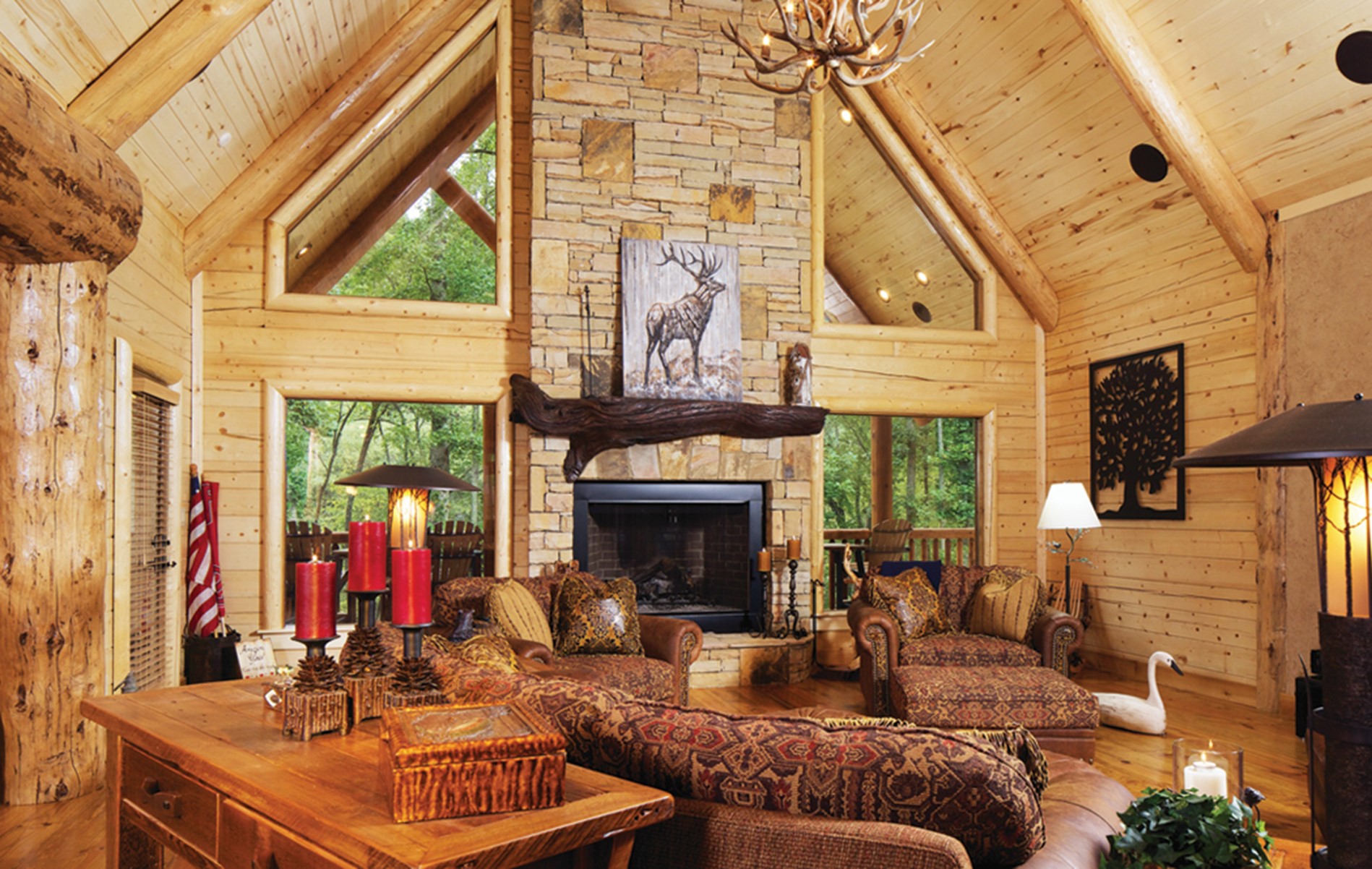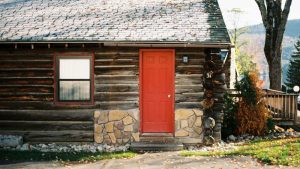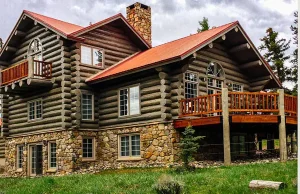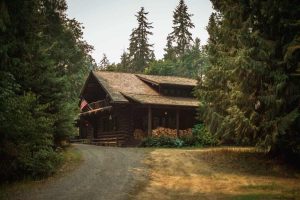Your log cabin represents more than just a home—it’s a sanctuary that connects you with nature while providing the warmth and comfort of traditional craftsmanship. However, maintaining the beauty and integrity of your cabin’s interior requires specialized knowledge and consistent care. Unlike conventional homes, log cabins face unique challenges from moisture fluctuations, pest intrusion, and the natural aging process of wood.
Proper maintenance of your log cabin’s interior isn’t just about aesthetics; it’s about preserving your investment and ensuring a healthy living environment for years to come. Wood surfaces require different care than drywall, and the natural materials used in log construction can be both resilient and vulnerable depending on how they’re treated.
This comprehensive guide will walk you through proven strategies for keeping your log cabin’s interior in pristine condition, from daily cleaning routines to seasonal maintenance tasks that protect against long-term damage.
Understanding Your Log Cabin’s Interior
Before diving into cleaning techniques, it’s essential to understand the materials you’re working with. Most log cabins feature various wood types, each with distinct characteristics and maintenance needs.
Common Wood Types and Their Properties
Pine, cedar, and oak are among the most popular choices for log cabin construction. Pine offers affordability and workability but requires more frequent maintenance due to its softer nature. Cedar naturally resists insects and moisture but can be prone to UV damage. Oak provides exceptional durability and strength, though it may require specialized cleaning products due to its dense grain structure.
Identifying Vulnerable Areas
Pay special attention to areas where moisture tends to accumulate, such as around windows, doors, and kitchen spaces. These zones are particularly susceptible to wood rot, mold growth, and pest infiltration. Similarly, walls exposed to direct sunlight may show signs of UV damage, including fading, cracking, or surface degradation.
Look for early warning signs like discoloration, soft spots in the wood, or small holes that might indicate insect activity. Early detection of these issues allows for prompt intervention before they become costly repairs.
Best Cleaning Practices
Establishing a regular cleaning routine forms the foundation of log cabin maintenance. Your approach should balance thoroughness with gentleness to avoid damaging the wood surfaces.
Daily and Weekly Maintenance
Start with basic dusting using microfiber cloths or soft-bristled brushes that won’t scratch the wood surface. Vacuum regularly with brush attachments to remove debris from crevices between logs and around baseboards. For routine surface cleaning, use a slightly damp cloth followed immediately by a dry cloth to prevent moisture absorption.
Choosing Appropriate Cleaning Products
Select pH-balanced cleaners specifically formulated for wood surfaces. Avoid harsh chemicals, ammonia-based products, or anything containing bleach, as these can strip natural oils from the wood and cause discoloration. Commercial log cabin cleaners or mild dish soap mixed with water typically provide safe, effective results.
Tackling Specific Stains
Water stains often respond well to a paste made from baking soda and water, gently rubbed into the affected area with a soft cloth. For grease stains, try a mixture of warm water and mild detergent, followed by thorough rinsing and drying. Ink stains may require specialized wood stain removers, but test any product in an inconspicuous area first.
Caring for Wood Surfaces
Proper wood care extends far beyond surface cleaning. Wood is a living material that expands and contracts with humidity changes, making moisture management crucial for preventing warping, cracking, and splitting.
Managing Moisture Levels
Maintain indoor humidity between 30-50% year-round using humidifiers during dry winter months and dehumidifiers during humid summer periods. Monitor moisture levels with a digital hygrometer placed in central living areas.
Protective Finishes and Sealants
Apply appropriate wood finishes every 2-3 years or as needed based on wear patterns. Polyurethane provides excellent durability for high-traffic areas, while natural oil finishes enhance the wood’s natural beauty while allowing it to breathe. Before applying any finish, ensure surfaces are clean, dry, and lightly sanded if necessary.
Repair Strategies
Address minor scratches with wood polish or specialized scratch repair products. Deeper gouges may require wood filler matched to your cabin’s wood tone, followed by sanding and refinishing. For more extensive damage, consider consulting a professional log cabin restoration specialist.
Pest Control Strategies
Log cabins can attract various pests, from carpenter ants and termites to mice and other rodents. Prevention remains your most effective defense against infestations.
Common Log Cabin Pests
Carpenter ants create galleries within wood structures, while powder post beetles leave small, round holes and fine sawdust. Mice and other rodents may nest in wall cavities or attic spaces, potentially causing structural damage and health hazards.
Natural Prevention Methods
Maintain proper ventilation to reduce moisture that attracts insects. Seal gaps around windows, doors, and utility penetrations with appropriate caulking. Store firewood at least 20 feet from your cabin and elevated off the ground. Cedar blocks, peppermint oil, or diatomaceous earth can provide natural deterrent effects.
Professional Treatment Options
For active infestations, consult pest control professionals experienced with log structures. They can recommend targeted treatments that won’t damage wood surfaces while effectively eliminating pest problems.
Protecting Against UV Damage
Sunlight gradually breaks down wood fibers, causing fading, surface checking, and structural weakening over time.
Understanding UV Effects
Ultraviolet radiation penetrates wood surfaces, breaking down lignin and causing the characteristic gray weathering seen on untreated wood. Interior surfaces near large windows or skylights face particular risk from prolonged sun exposure.
Protective Measures
Install UV-filtering window films or use window treatments during peak sunlight hours. Apply UV-resistant wood finishes that contain protective additives. Consider rearranging furniture periodically to prevent uneven fading patterns.
Seasonal Maintenance Tips
Each season brings unique challenges and opportunities for log cabin care.
Spring Preparation
Conduct thorough inspections for winter damage, including checking for new cracks, water damage, or pest signs. Clean windows inside and out to maximize natural light. Service heating systems and replace filters.
Summer Maintenance
Monitor humidity levels closely and ensure adequate ventilation. Inspect and clean exhaust fans, and consider running ceiling fans to promote air circulation. Watch for condensation around windows and address promptly.
Fall Preparations
Clean gutters and ensure proper drainage away from foundation. Seal any gaps or cracks discovered during summer months. Prepare heating systems for winter operation and stock up on appropriate cleaning supplies.
Winter Care
Maintain consistent indoor temperatures to minimize wood movement. Monitor humidity levels carefully, as heating systems can create overly dry conditions. Address any ice dam issues promptly to prevent water infiltration.
Frequently Asked Questions
How often should I deep clean my log cabin’s interior?
Perform comprehensive deep cleaning twice yearly, typically in spring and fall. This includes moving furniture to clean behind and underneath, washing all surfaces, and inspecting for maintenance needs. Light weekly cleaning should be sufficient between these deeper sessions.
Can I use regular household cleaners on log cabin walls?
Avoid standard household cleaners, which often contain harsh chemicals that can damage wood. Use pH-balanced wood cleaners or mild soap solutions specifically designed for natural wood surfaces. Always test new products in inconspicuous areas first.
What’s the best way to maintain the natural wood color?
Apply UV-resistant finishes and minimize direct sunlight exposure through window treatments. Regular cleaning prevents dirt buildup that can cause discoloration. Some natural darkening over time is normal and often considered desirable for the authentic cabin aesthetic.
How do I know if my log cabin needs professional maintenance?
Signs requiring professional attention include extensive water damage, structural settling cracks, active pest infestations, or widespread finish failure. If you’re uncomfortable performing any maintenance task or notice problems beyond your skill level, consult log cabin specialists.
Should I worry about humidity changes affecting my cabin?
Yes, humidity fluctuations can cause significant wood movement, leading to gaps, cracks, or warping. Maintain consistent humidity levels year-round and address any sudden changes promptly. Proper ventilation and humidity control systems are essential investments for long-term cabin health.
Preserving Your Log Cabin Legacy
Caring for your log cabin’s interior requires dedication, knowledge, and consistent attention to detail. By following these best practices and maintaining regular cleaning and maintenance schedules, you’ll preserve both the beauty and structural integrity of your cabin for generations to come. Remember that prevention is always more cost-effective than repair, making your ongoing care efforts a wise investment in your cabin’s future. Take pride in maintaining this connection to traditional craftsmanship while ensuring your log cabin remains a comfortable, healthy home for years ahead.




